
The European Union’s Clean Industrial Deal (CID) aims to lead the global circular economy by 2030. A leaked draft reveals the plan’s key initiatives but raises concerns about funding and feasibility. The CID outlines how the EU plans to compete with the U.S. and China in clean technology, though some crucial details remain unclear.
Key Strategies for Clean Tech Leadership
The CID introduces six “business drivers” to shape Europe’s future clean-tech landscape. One of the central drivers is affordable energy. A new action plan, scheduled for February 26, will focus on providing low-cost energy to industries. The European Commission, in collaboration with the European Investment Bank, will launch corporate power purchase agreements (PPAs). These agreements will help businesses secure stable energy prices and reduce long-term risks.
Next, the plan targets the decarbonization of industries through the adoption of clean technologies. The Commission aims to promote hydrogen as an alternative to fossil fuels, particularly in industrial processes. It will also establish an Industrial Decarbonisation Accelerator to speed up emissions reductions.
Moreover, the CID includes measures to address Europe’s aging transmission infrastructure, which hampers electrification efforts. The “grids manufacturing package” will work to modernize the transmission network, facilitating the clean energy transition.
Concerns Over Financing and Implementation
While the CID aligns with the European Green Deal’s climate targets, it faces criticism for not addressing key details on financing. The draft reaffirms the EU’s goal to cut emissions by 90% by 2040 but leaves unclear how these goals will be funded. Critics, including Greg Van Elsen of the Climate Action Network, note the lack of specifics about financial sources for the proposed initiatives.
Furthermore, the draft lacks concrete measures to achieve energy savings and resource efficiency, critical for a sustainable and resilient economy. Although the CID outlines a promising direction, questions remain about whether the EU can fully fund and implement these initiatives.
Despite these gaps, the CID sets an ambitious course for Europe’s industrial strategy, emphasizing circularity, renewable energy, and decarbonization. If properly executed, it could place Europe at the forefront of the clean technology revolution.





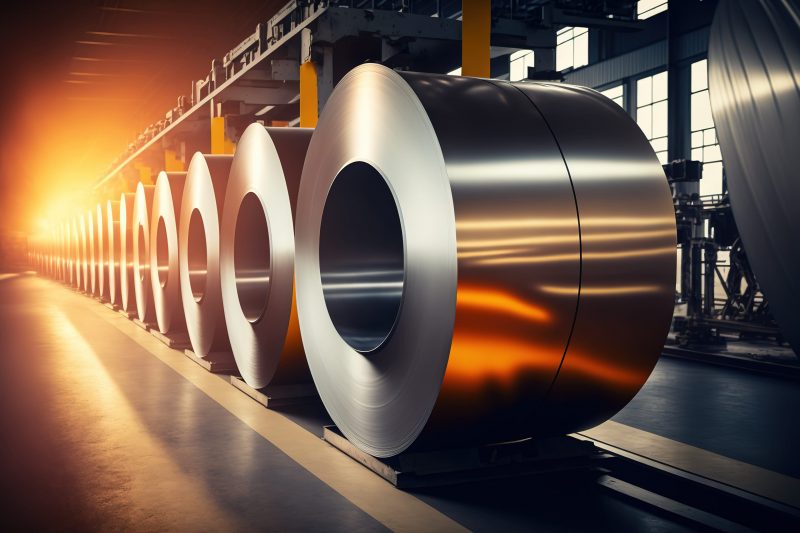

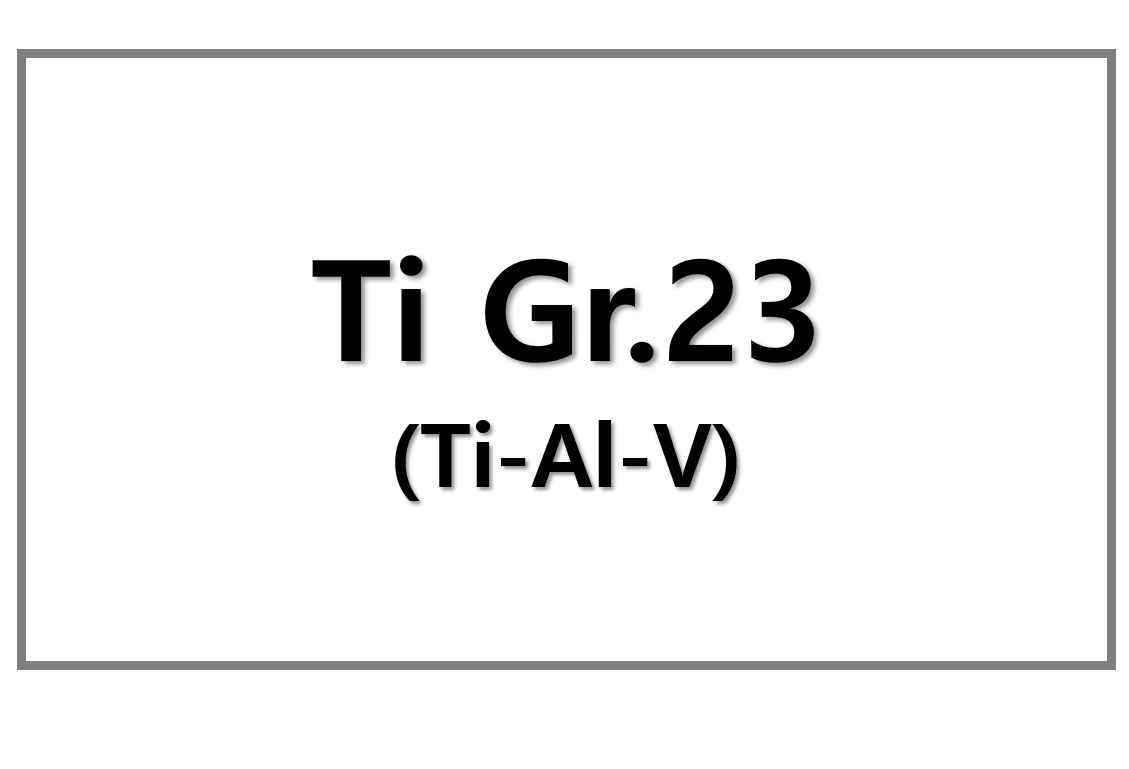
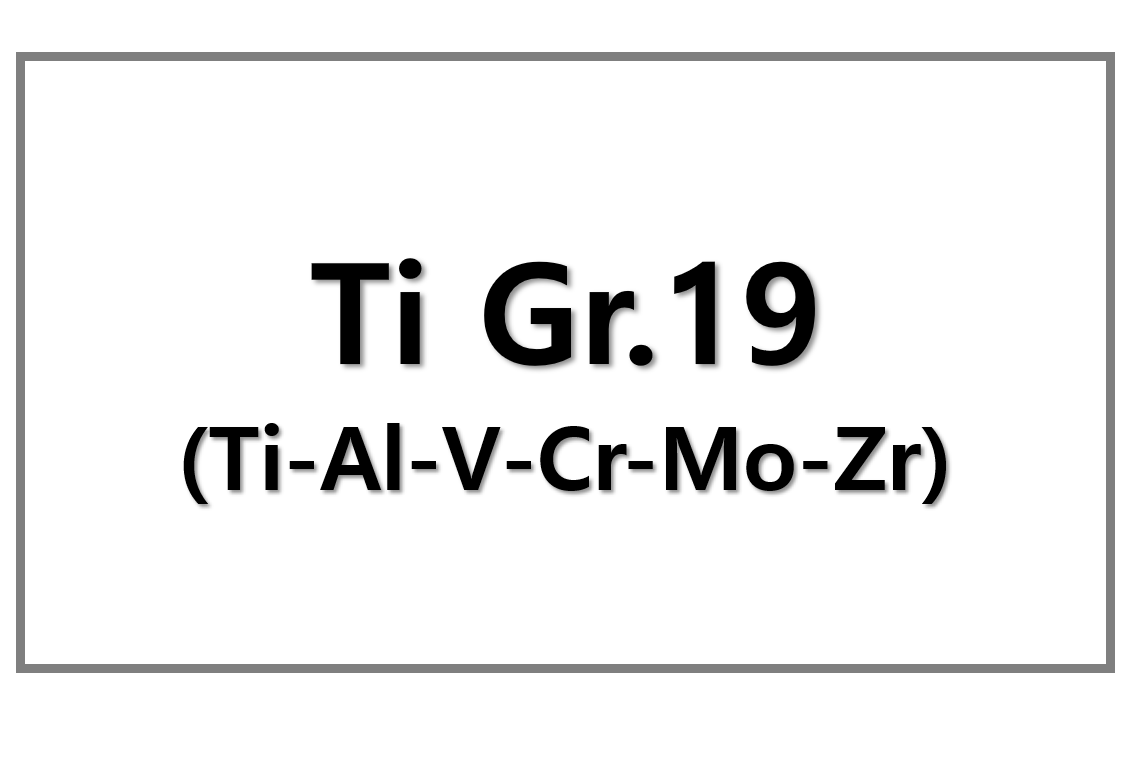
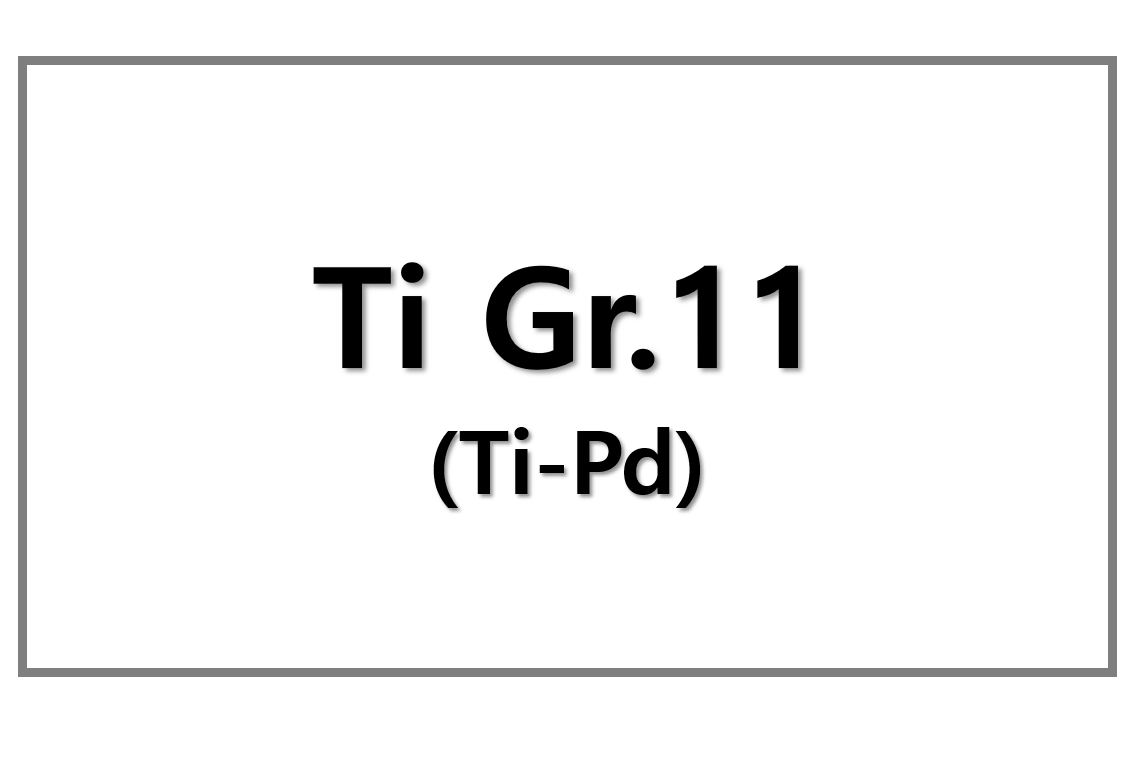
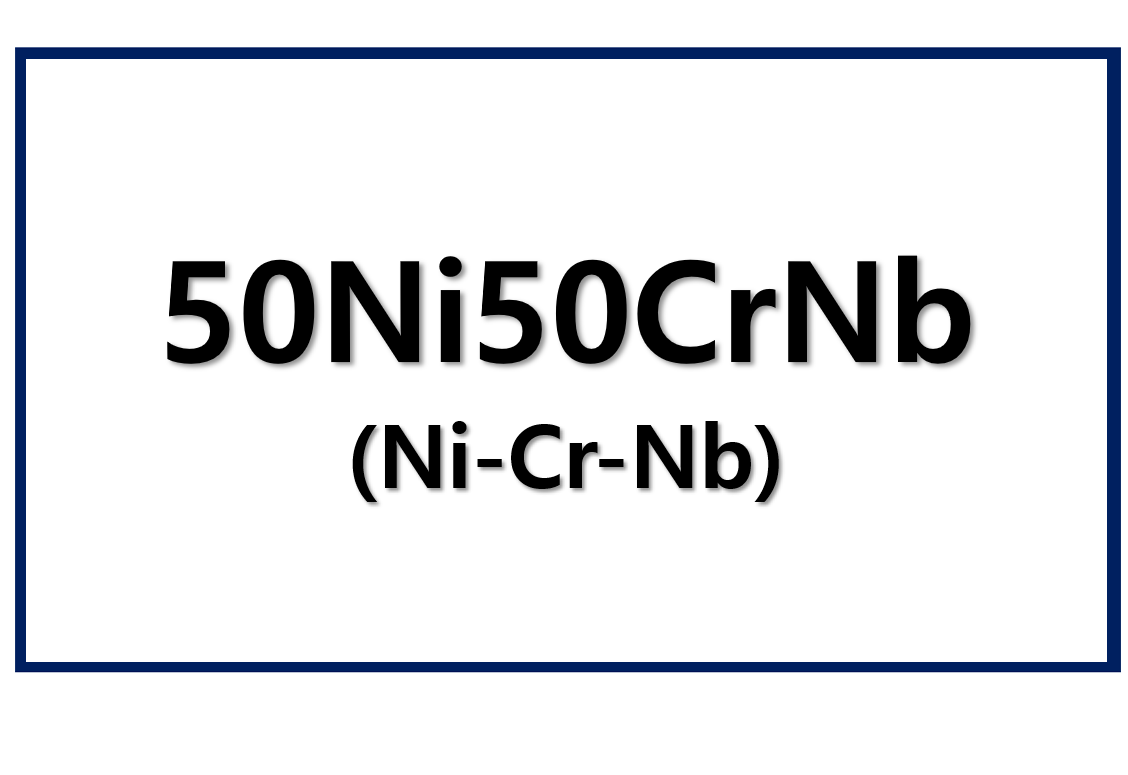
Leave a Reply
You must be logged in to post a comment.